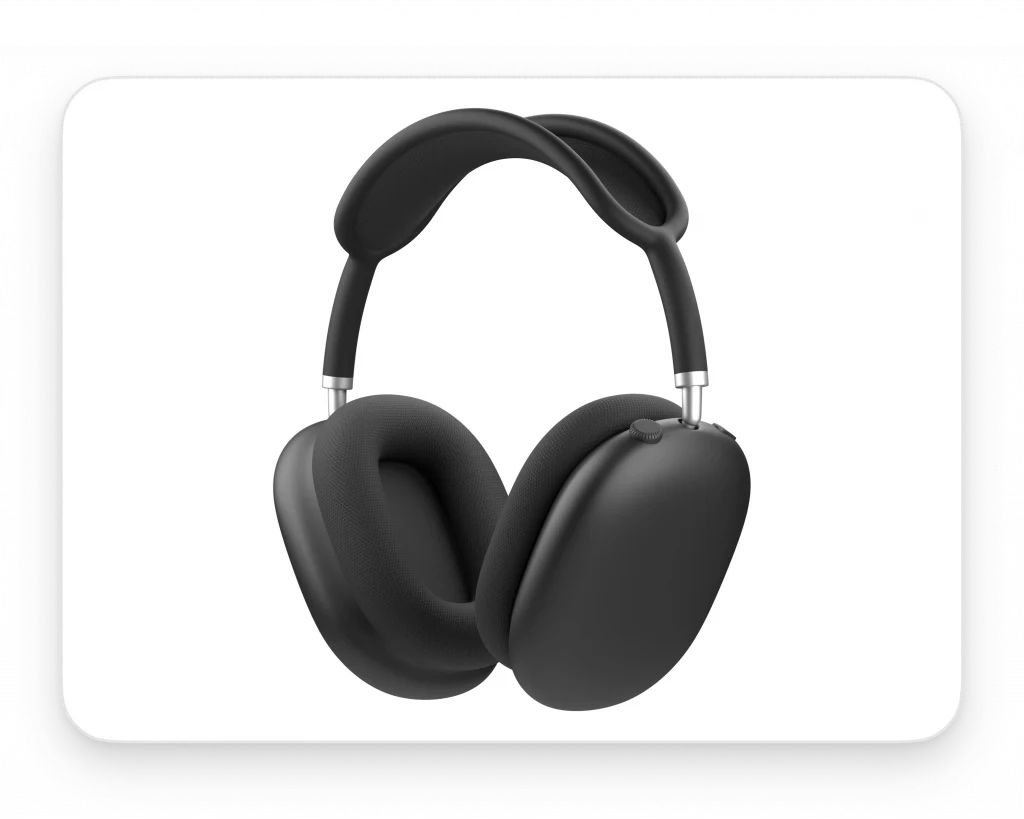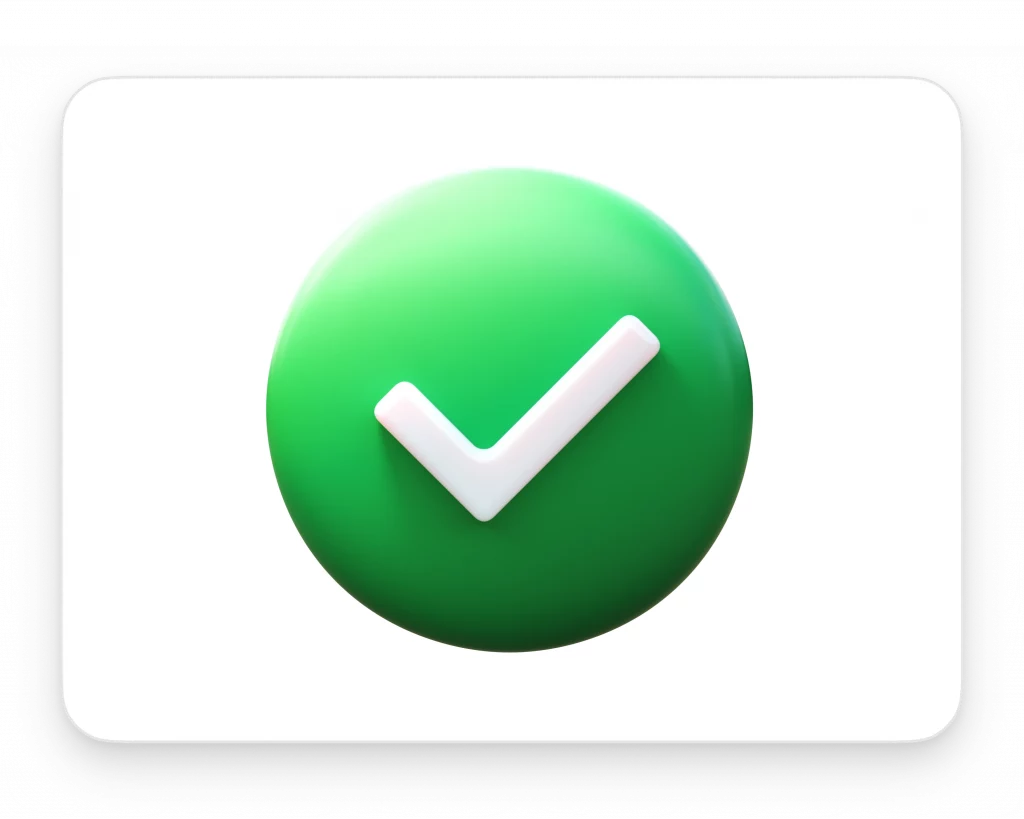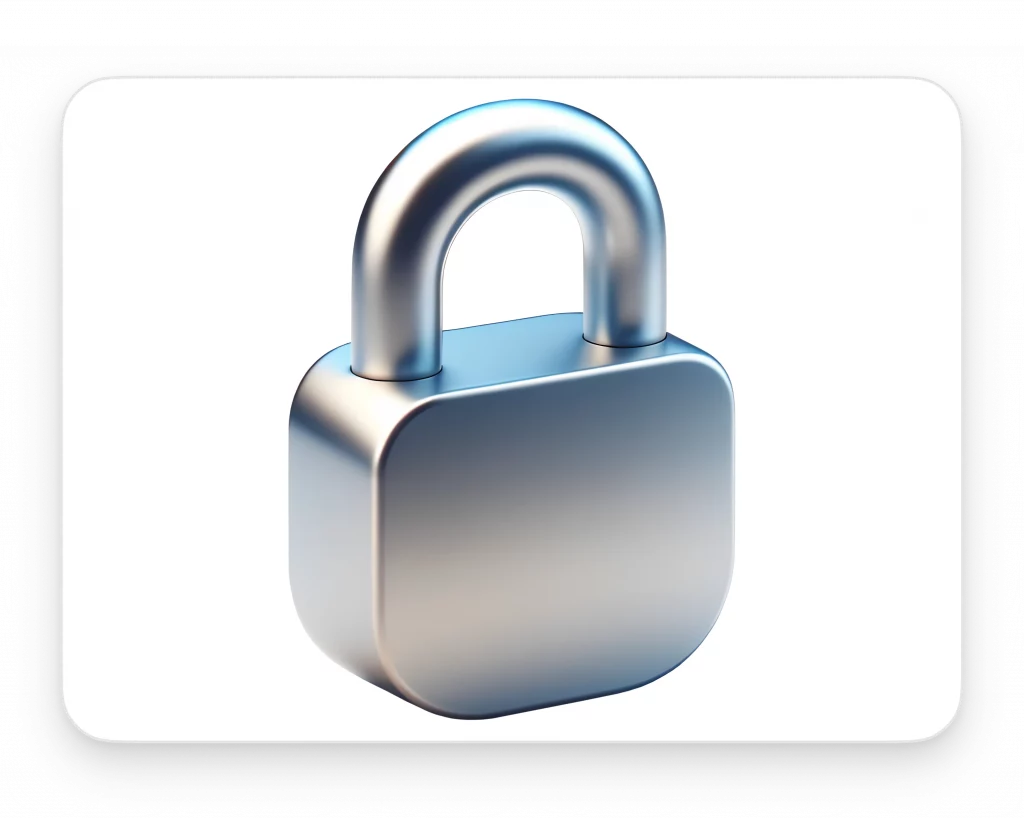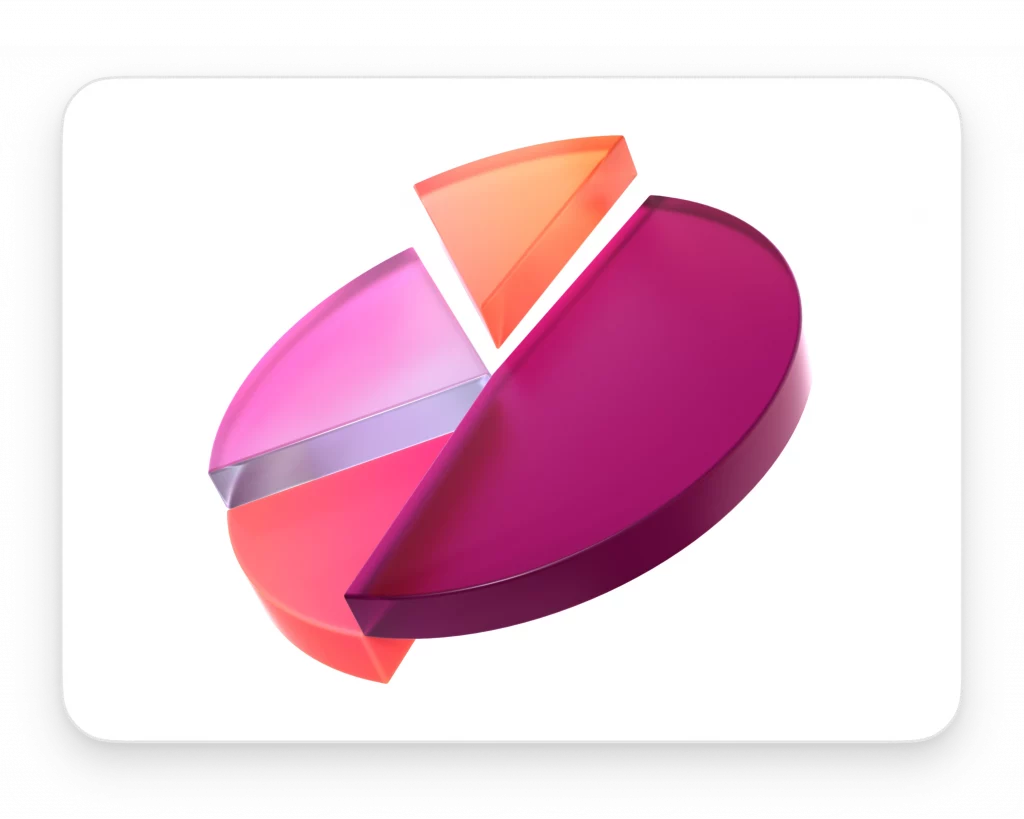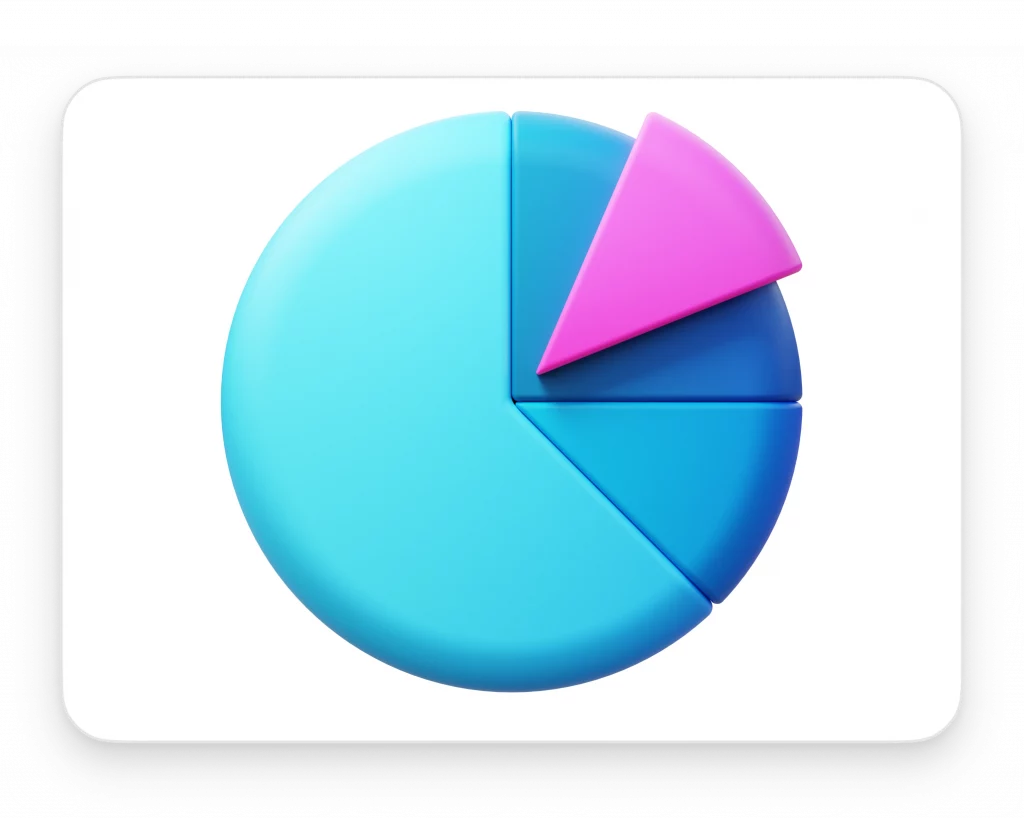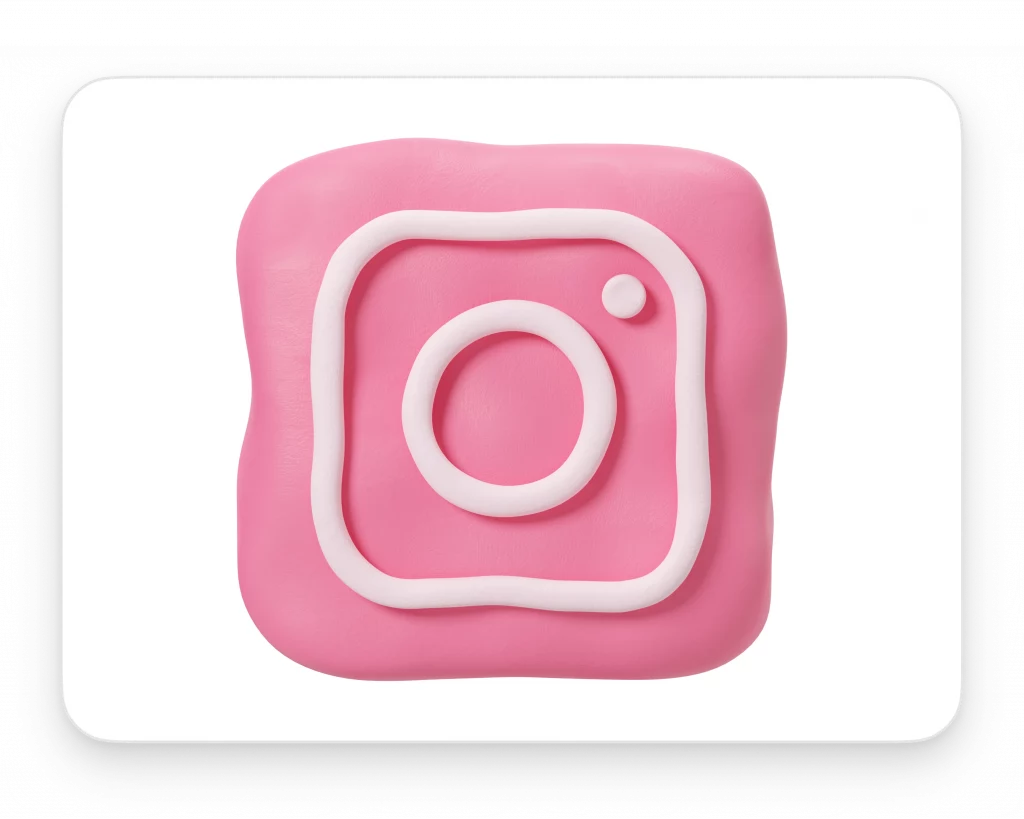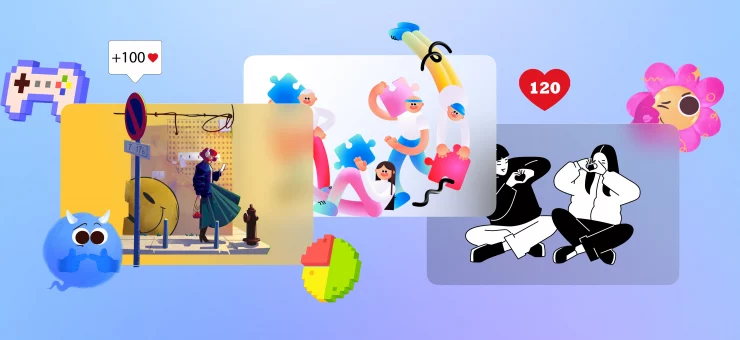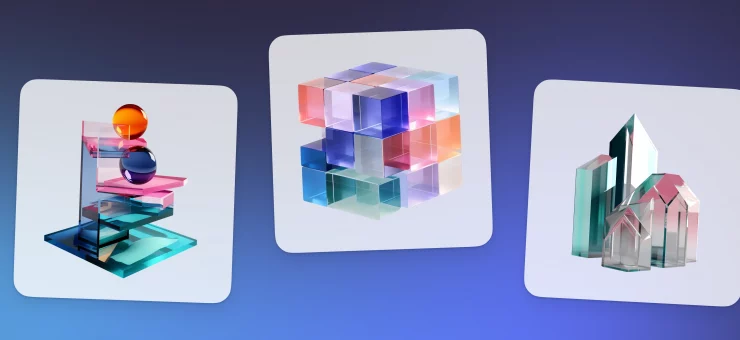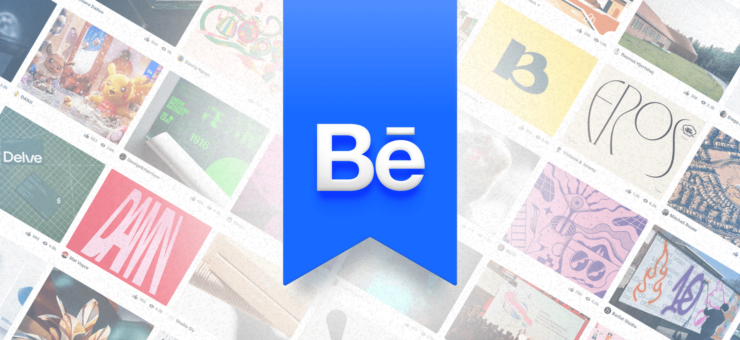Dive into the art of 3D vectors in tech design. Enhance your projects visually with 3D modeling, UI elements, and more for a dynamic edge.
Remember when 2D designs were all the rage? Those days are long gone. Enter 3D vector illustrations, a game-changer in the tech design world. This isn’t just about adding a new dimension; it’s a whole new way of seeing things.
In tech projects, where cutting-edge visuals are key, 3D vectors bring your ideas to life like never before. They’re not just images; they’re experiences. From sleek 3D models to immersive UI elements, these graphics are redefining what’s possible in visual storytelling. Let’s dive in and see how 3D vectors are not just enhancing but revolutionizing tech project designs.
Understanding 3D vectors in tech design
3D vectors are design powerhouses. They’re scalable, high-quality graphics rendered in three-dimensional space. Essential in tech design, they bring complexity to life, from app interfaces to data infographics. These vectors break free from physical limits, allowing for creative, unachievable expressions in 2D. In the tech world, where innovation is key, 3D vectors symbolize modernity and sophistication, making them indispensable tools.
The power of 3D modeling
3D vector modeling isn’t just a design choice; it’s a storytelling tool. In tech, where details matter, it adds depth and realism that 2D can’t match. Imagine creating a product prototype. 3D modeling lets you explore every angle, showing potential customers exactly what to expect.
It’s not just about looks. 3D models can simulate real-world interactions, making them invaluable for UI/UX design. For instance, a 3D model of a new app can give users a feel of the actual experience before it’s even built.
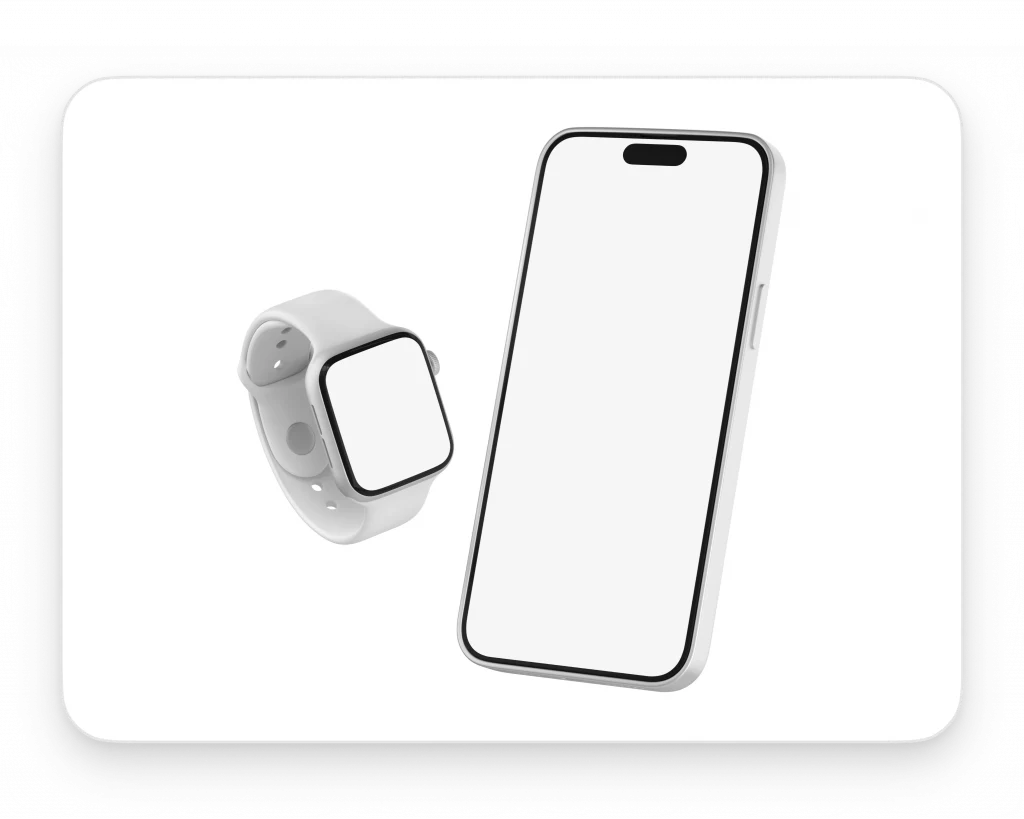
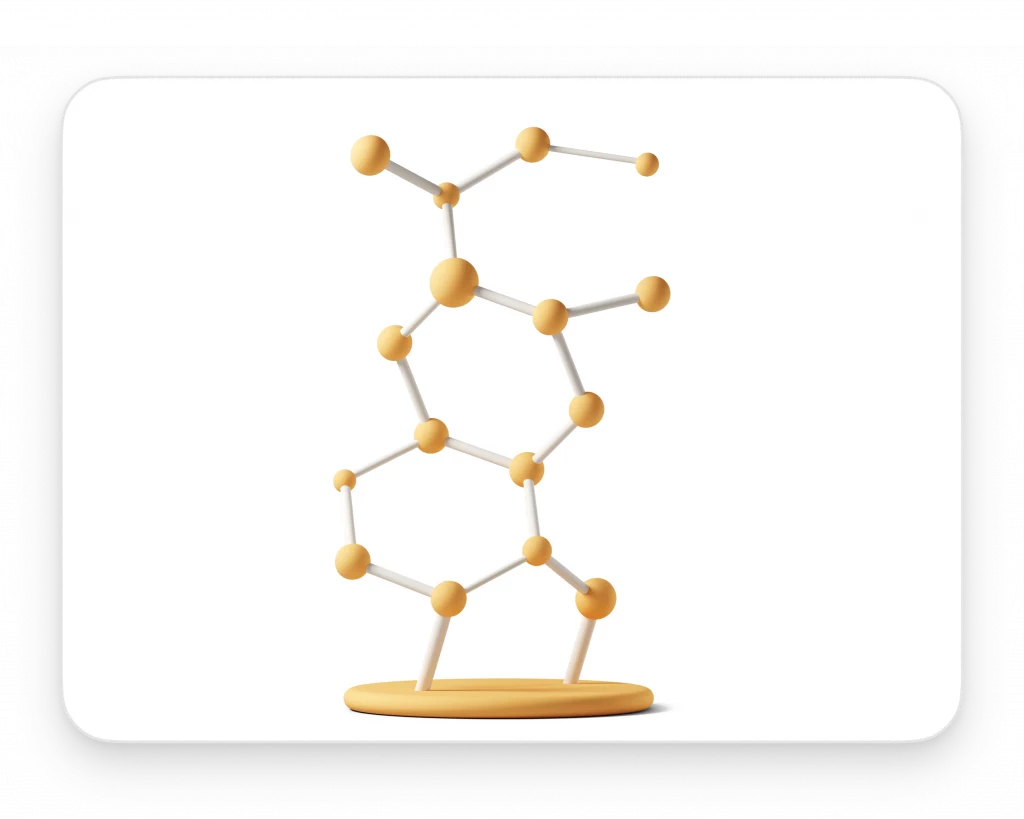
Leveraging 3D product models in tech design
3D product models are a powerhouse in tech design. They turn abstract ideas into something almost tangible. Imagine you’re developing a new tech gadget. With 3D product modeling, you create a detailed, lifelike version of your concept. This allows clients and stakeholders to visualize the product realistically, way before it hits production.
3D product models also shine in marketing and sales. They enable immersive presentations, where clients can interact with a product in a virtual environment. This interaction is not just engaging; it helps clients understand the product’s features and benefits more deeply.
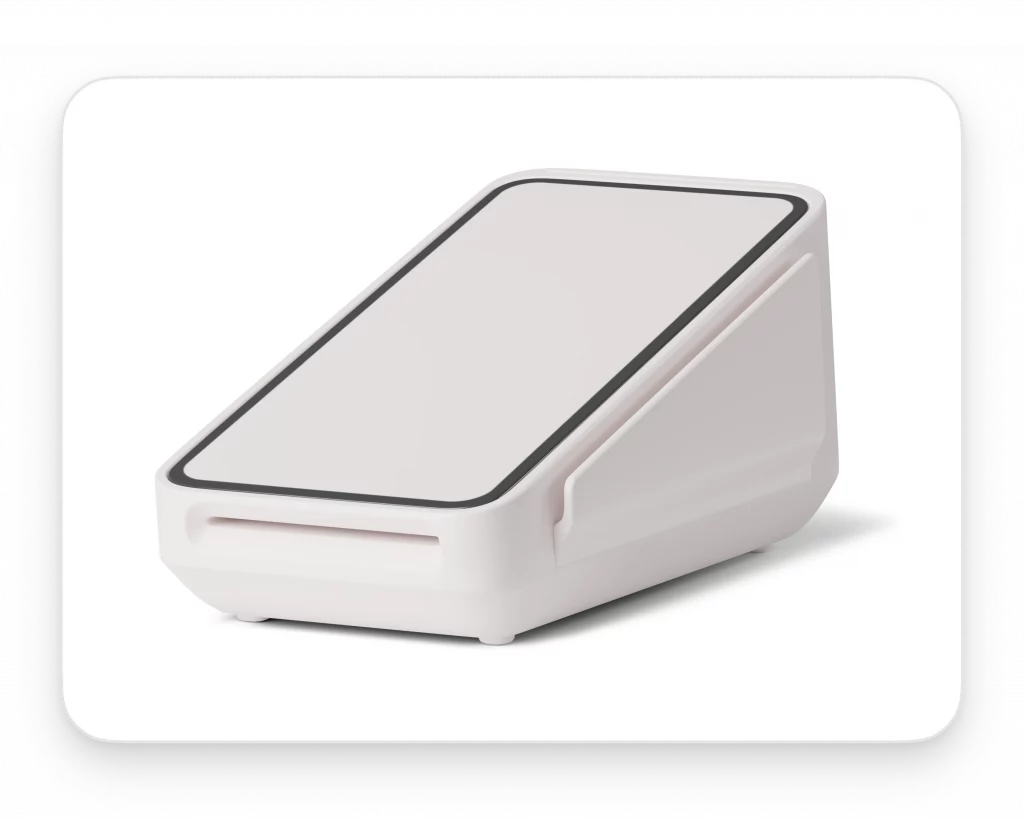
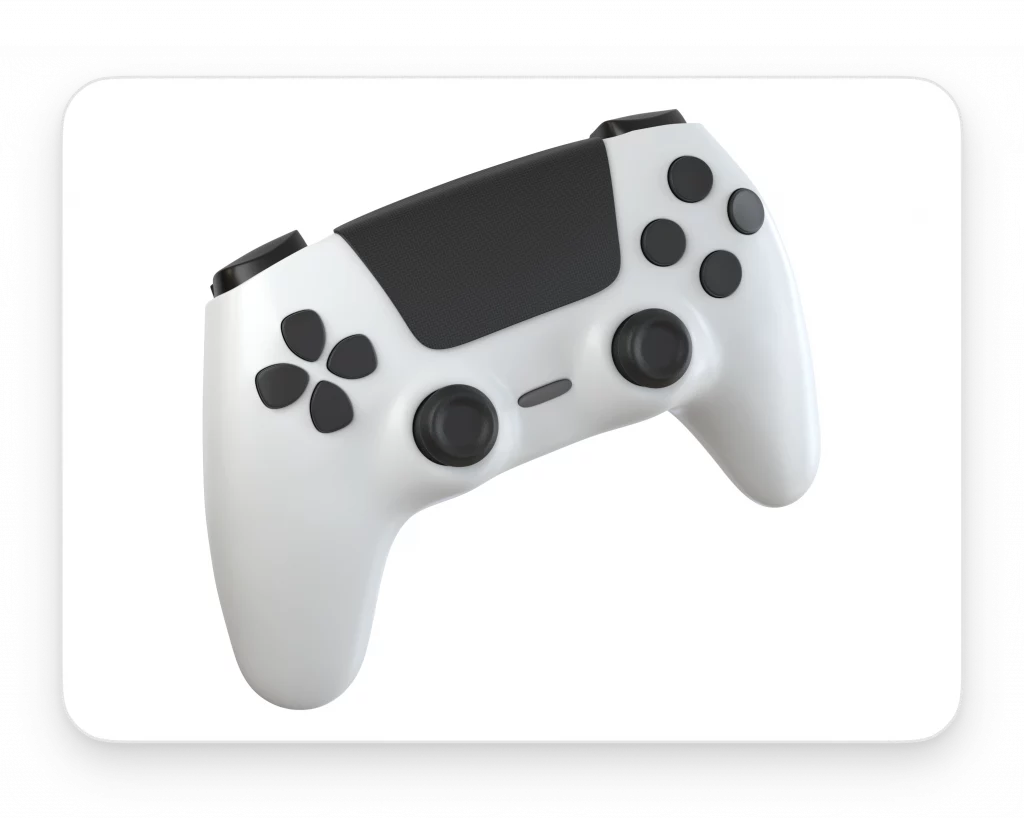
Designing with 3D UI elements
3D UI elements are more than just eye candy; they’re functional art. In a world where user experience reigns supreme, these elements add a layer of engagement that 2D can’t. Think of a 3D button that appears to be pressed down when clicked or icons that seem to float above the screen. These subtle cues enhance user interaction, making interfaces intuitive and enjoyable.
The trick is in the balance. While 3D UI elements can elevate a design, overuse can lead to clutter and confusion. The goal is to enhance, not overwhelm. A well-placed 3D chart or an animated menu can make your app or website stand out, but they should always serve a purpose.
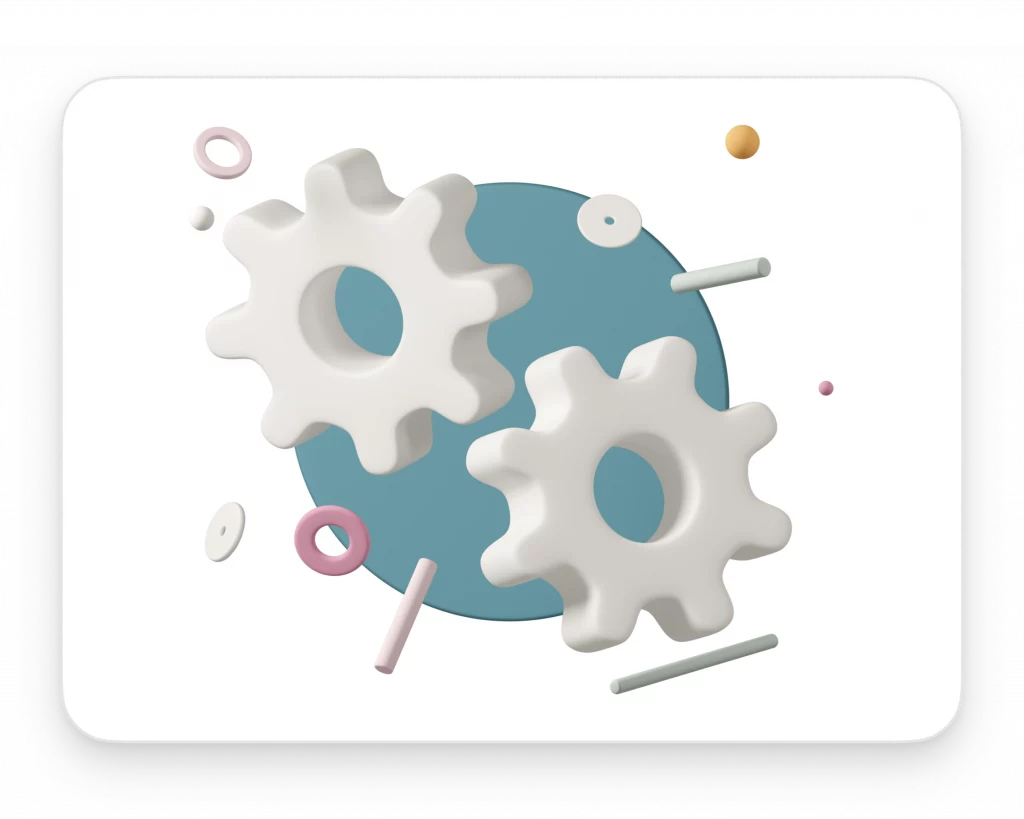
Visualizing data with 3D infographics
In the tech world, data is king. But raw data can be dry and hard to digest. That’s where 3D infographics come in. They transform numbers and statistics into visual stories, making complex information accessible and engaging.
3D data adds depth, literally and figuratively. It allows viewers to see patterns and relationships in data that might be missed in traditional 2D formats. Imagine a 3D pie chart showing market trends or a 3D bar graph illustrating user engagement metrics. These visuals make data more than figures; they turn it into a narrative.
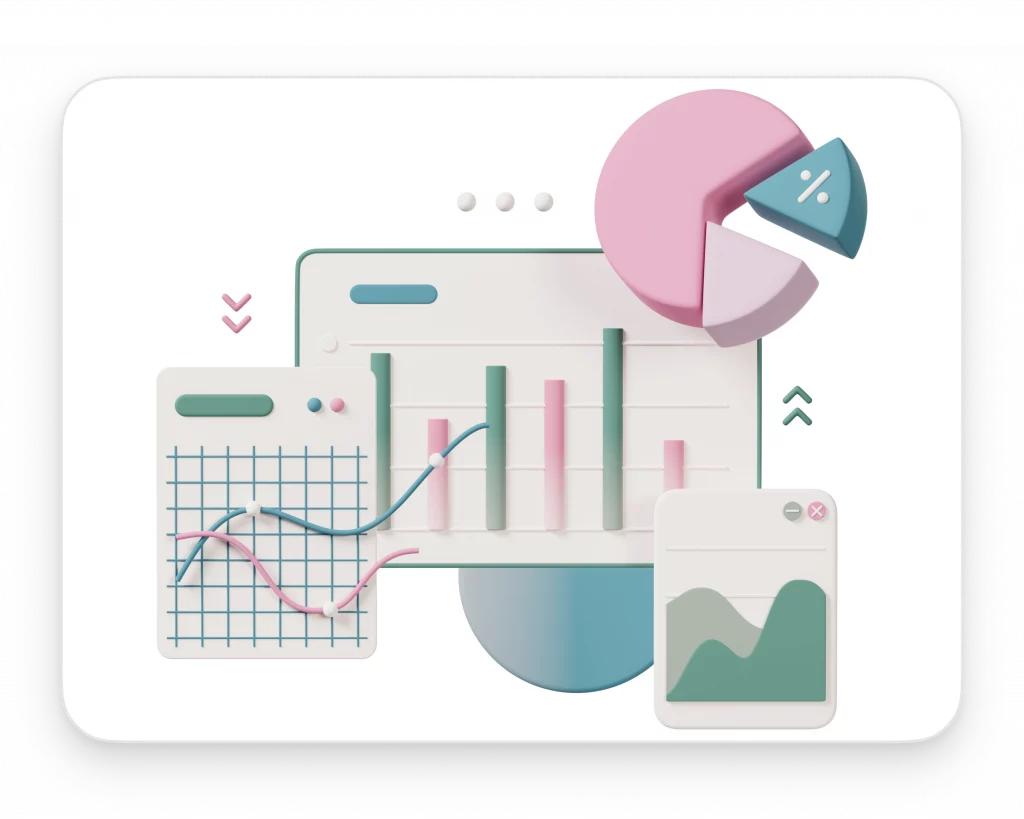
Crafting a unique 3D logo
A 3D logo is more than just a symbol; it’s a statement. In the tech industry, where standing out is crucial, a well-designed 3D logo can set a brand apart. It adds depth and dimension, bringing a dynamic edge to your brand identity.
The process of creating a 3D logo requires a blend of creativity and technical skill. It starts with a concept that reflects your brand’s values and personality. Then, using 3D modeling tools, this concept is transformed into a logo with volume and perspective. The result? A logo that jumps off the page (or screen).

Incorporating motion into a 3D logo can also enhance its impact. An animated logo adds an extra layer of engagement, making your brand memorable.
Wrapping up
3D vectors are essential in tech design, not just a passing trend. They bring depth to products, data clarity, and branding dynamism. It’s not just about the look; it’s about storytelling and user experience. Whether designing, developing, or marketing, using 3D vectors means stepping into the future of design. Embrace 3D technology to transform ideas into engaging, compelling realities, and watch your tech projects stand out in a crowded digital world.

